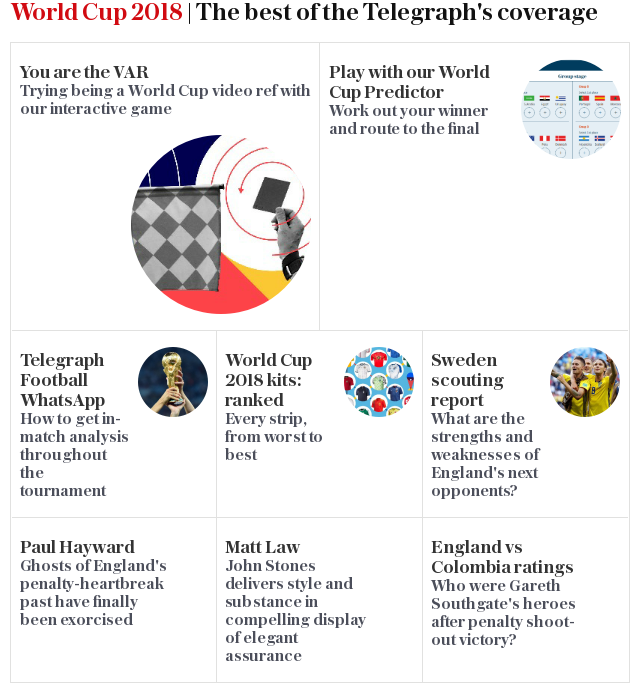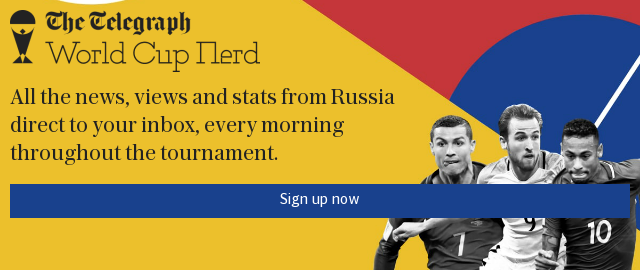Australia midfielder Massimo Luongo hoping to hit heights of 2015 at World Cup and ‘skyrocket’ sport Down Under
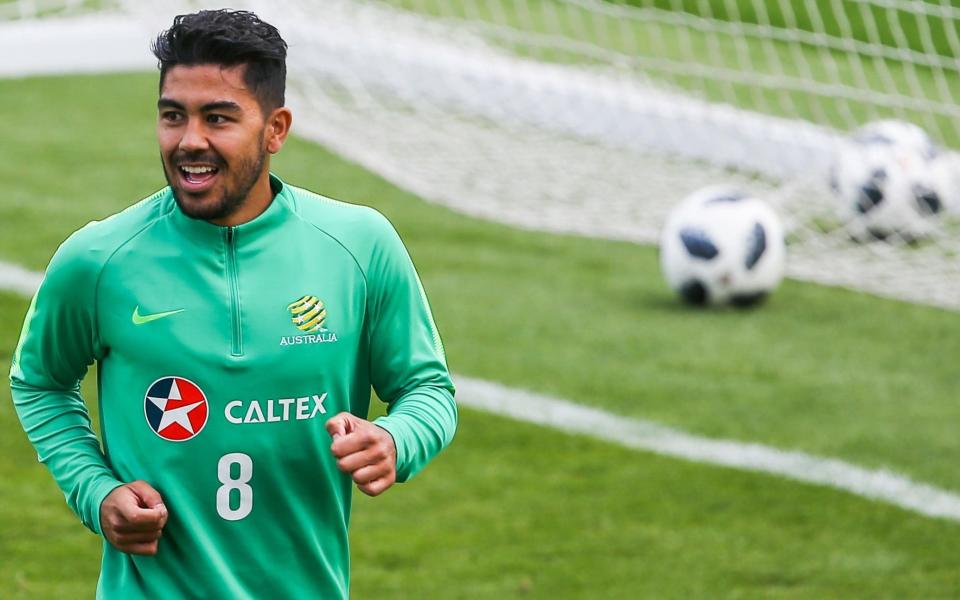
Unlike many of his team-mates in the Queens Park Rangers dressing room, Massimo Luongo usually resists the temptation to grab his phone before a game and watch the highlights of his best performances.
Some players download their showreels as a reminder to themselves of what they can do, while others use the footage as a timely boost of confidence.
The more adventurous, meanwhile, will hunt down clips of the likes of Neymar or Ronaldinho to provide pre-match inspiration.
As they lock into their screens, Luongo tends to leave them to it. That was the plan, at least, until a few weeks ago, when a message arrived from a friend containing a video of his performances for Australia at the 2015 Asian Cup. Glancing at the headline, he simply could not help himself.
“I thought ‘Phwoar, I look a good player there!’” Luongo laughs. “It’s the highlight of my career. It was in Australia and I had everything going for me at the time. I had the flair, I had everything. If I was to put myself in that position now, I probably wouldn’t be as showy.”
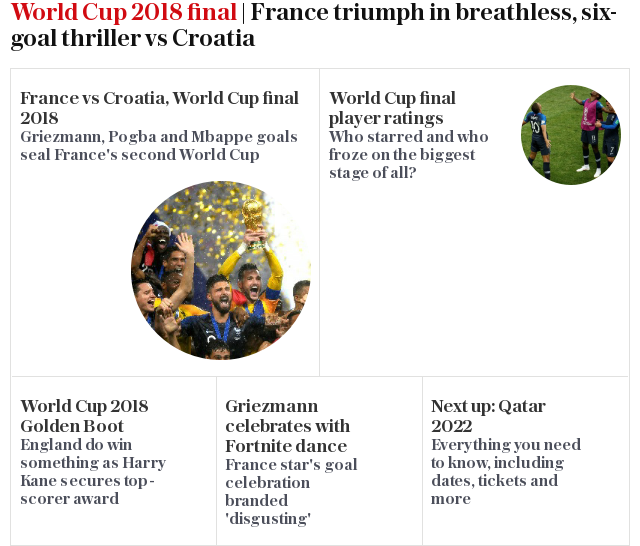
Luongo’s all-action performances that year resulted in him being crowned the Asian Cup’s most valuable player and then, shortly after moving from Swindon Town to QPR, seeing his name alongside Lionel Messi and Cristiano Ronaldo on the longlist for the Ballon d’Or. “I thought it was someone trying to be funny,” he said at the time. “It’s a bit random.”
He may not have achieved such glamorous accolades in the three years that have followed, but Luongo, now 25, will arrive at this summer’s World Cup hoping to create a new favourite memory in Australian gold. He feels ready to do so, and performed so well for QPR last season (he was named player of the year) that Ian Holloway, his departed manager, even said the midfielder was good enough to play for Barcelona.
“It has probably been my best season,” Luongo says. “Off the ball, on the ball, scoring goals and making things happen. I am more defined than I was a few years ago. I am becoming more of a complete player, in a box-to-box role.”
Australia’s target in Russia is to make it out of a group containing France – whom they face on Saturday – Denmark and Peru. “The goal is to qualify for the knockout stages,” Luongo says, before quickly correcting himself. “The expectation is to qualify.”
To do so, he knows they will have to adjust quickly to the methods of Bert van Marwijk, the Dutch coach appointed as manager in January after the resignation of Ange Postecoglou, who stepped down just six days after Australia had completed the most gruelling of qualification campaigns.
“When we qualified it was such a high,” Luongo says. “And then Ange left. I couldn’t believe he had actually done it. He brought me in from nothing, came to watch me at Swindon, gave me a chance and picked me for the World Cup.
“If we had him for the World Cup it would have made things a lot easier. We had established the way we played under him and we knew how he wanted it. It’s disappointing we couldn’t do it with him.”
In an emotional farewell speech in November, Postecoglou spoke of the toll that the job had taken on him “both personally and professionally”.
Australia had defeated Honduras to guarantee a spot at their fourth consecutive World Cup, but had earlier played the global villains by ending war-torn Syria’s qualification dream with a dramatic 3-2 aggregate victory in a play-off. “Syria played with their hearts,” Luongo remembers. “I realised how tough qualifying for the World Cup is and why it means so much. When we won, the media was reporting it as the end of the fairy tale for Syria and you could feel that on the pitch. They were putting everything on the line.
“It was more than a cup final for them. It was everything. When we won, a lot of us were not celebrating, just trying to show a bit of sympathy. We could see how much it meant to them.”
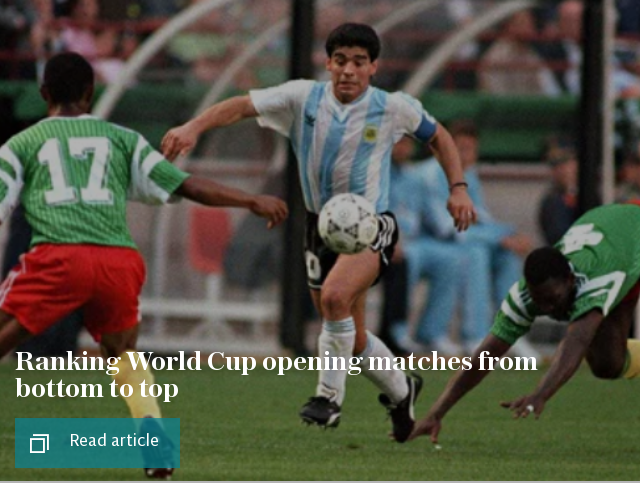
International football, though, pays no heed to romance. They know this well in Australia, where the memory of their 2006 misfortune still rankles. In the first knockout round of the World Cup in Germany, Australia’s beloved “golden generation” were beaten by a controversial 95th-minute penalty by Italy’s Francesco Totti.
It was an agonising moment, but a revolutionary tournament Down Under. “After the 2006 World Cup, football skyrocketed,” Luongo says. “Everyone was talking about it at school, participation levels went up, the crowds went up. It flew. That just shows how important the national team is to the country.”
That side, in short, helped to bring football into the mainstream after years of operating on the outskirts, where it was generally played by the children of immigrants. Luongo, born to an Italian father and an Indonesian mother (his grandfather was an Indonesian sultan), was the outsider at his rugby-dominant private school in Sydney, but he found common ground with the other players at his local football club.
“I had Portuguese friends, Czech friends, loads of Greek friends, Italians, Lebanese,” he says. “It was like High School Musical. That was normal for us because our parents would push us into football. You wouldn’t find many full-on Aussies playing. If you chose football, you were going against everyone. I remember one stage when it was it was full-on Baltic, with lots of Croats and Serbs.”
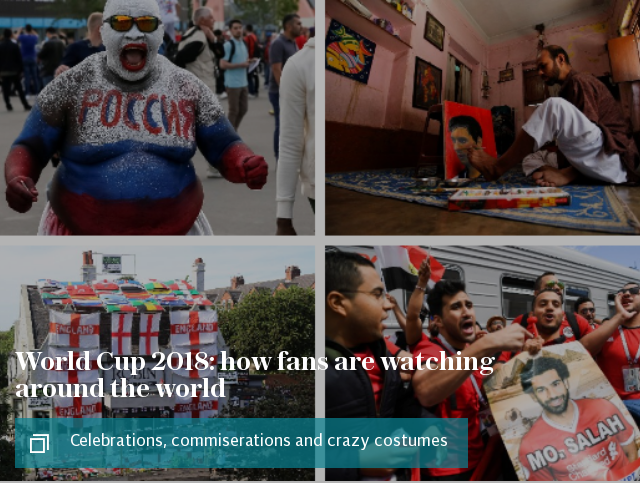
The briefest of glances at the names in Van Marwijk’s World Cup squad provides further evidence of the multicultural nature of the sport in Australia, yet times are slowly changing. “When we do well, football skyrockets,” Luongo says. “That’s so important because we compete with rugby league, cricket and rugby union. Football does have its drops but there’s always an event like the World Cup to get it going again. We’ve come a long way. It’s growing and I think we, as a national team, help it massively.”
Under Van Marwijk, who guided Holland to the 2010 World Cup final, Australia are attempting to become a more organised side after years of aggressive pressing. “He wants us to be a little more secure,” Luongo says. “To have a good shape.”
Luongo was a junior member of the squad at the 2014 World Cup, where he did not make it onto the pitch. Four years older and four years better, he now sees Russia as an opportunity to prove his ability on the biggest stage and, he hopes, to create some new footage for the highlights reel.
